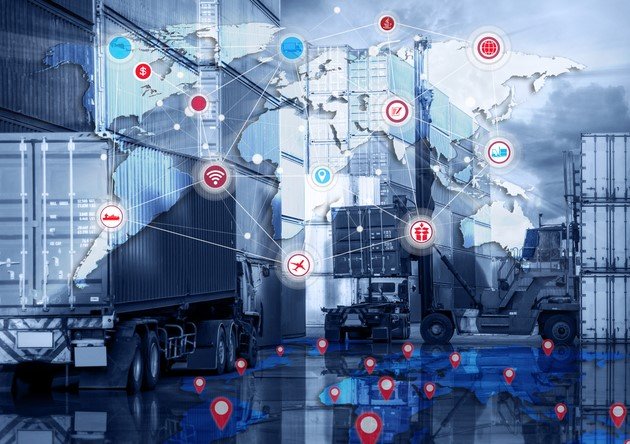India’s key ports are embracing cutting-edge tech to speed up cargo handling and slash emissions. Deendayal Port in Gujarat and Jawaharlal Nehru Port in Maharashtra plan to use magrail and hyperloop systems for quicker, greener freight movement starting in 2025.
What These Technologies Mean for Cargo
Ports handle massive cargo volumes daily, and delays can cost billions. Magrail uses magnetic levitation to move freight without friction, cutting energy use. Hyperloop pods travel in vacuum tubes at high speeds, promising to revolutionize logistics.
Deendayal Port Authority aims to build an 18 kilometer magrail line inside the port. This setup will move containers faster between docks and storage areas. Officials expect it to reduce truck dependency and lower pollution.
Jawaharlal Nehru Port Authority focuses on a 20 kilometer hyperloop link to the new Vadhvan Port. This system could transport cargo at speeds up to 700 miles per hour, far outpacing current rail or road options.
These projects align with India’s push for sustainable transport. By 2030, the country aims to cut logistics emissions by 30 percent through such innovations.
Key Partnerships Driving the Change
Deendayal Port teams up with global logistics firm DP World and Polish tech company Nevomo for the magrail pilot. They signed a deal in July 2025 for a 750 meter test track, with plans to expand.

The full project costs about 85 crore rupees. It will use existing rail lines upgraded with magnetic boosters for autonomous freight movement.
Jawaharlal Nehru Port signed a memorandum of understanding in August 2025 with Vadhvan Port Project and Chennai based startup TuTr Hyperloop. Maharashtra’s government backs this effort to connect ports to the Western Dedicated Freight Corridor.
This hyperloop link targets cargo from ultra large ships at Vadhvan, handling up to 23 million TEUs yearly. It positions Maharashtra as a global logistics hub.
- Faster delivery times for exporters and importers
- Reduced road congestion around ports
- Lower fuel costs and carbon footprint
Benefits and Challenges Ahead
These technologies promise big wins for India’s economy. Ports like Deendayal and Jawaharlal Nehru handle over half of the nation’s container traffic. Faster cargo could boost trade by 15 percent in the next five years.
Hyperloop reduces transit time from hours to minutes. Magrail cuts energy use by 40 percent compared to diesel trucks. Both help meet India’s net zero goals by 2070.
Challenges include high setup costs and tech integration. Building vacuum tubes for hyperloop needs precise engineering. Magrail requires upgrading old tracks without halting operations.
Experts say pilot tests in 2025 will reveal real world issues. Success could inspire other ports like Mundra or Chennai to adopt similar systems.
| Feature | Magrail at Deendayal Port | Hyperloop at Jawaharlal Nehru Port |
|---|---|---|
| Length | 18 kilometers | 20 kilometers |
| Speed | Up to 150 km/h | Up to 1,000 km/h |
| Cost | 85 crore rupees | Not yet disclosed |
| Partners | DP World, Nevomo | TuTr Hyperloop, Vadhvan Port |
| Goal | Intra-port freight | Port to freight corridor link |
Global Context and Future Outlook
India joins a global race in advanced transport. Countries like China and the UAE test similar systems for ports. Elon Musk’s 2013 hyperloop idea now sees real pilots worldwide.
Recent events show momentum. In August 2025, Maharashtra inked deals for hyperloop innovation. Gujarat announced port upgrades worth over 57,000 crore rupees in January 2025.
These moves tie into the Sagarmala program, investing 5.8 lakh crore rupees in maritime growth. Private firms pour in 2.42 lakh crore, modernizing terminals.
By 2026, these ports could deploy electric tugs and green hydrogen, adding to eco friendly efforts.
How This Impacts Businesses and Environment
Businesses gain from quicker supply chains. Exporters of goods like textiles or electronics can reach markets faster, competing better globally.
Environmentally, reduced truck use means fewer emissions. India’s ports aim for green shipping, with targets to electrify operations by 2030.
Logical next steps include scaling pilots to full networks. If successful, this could cut national logistics costs from 14 percent of GDP to under 10 percent.
Share your thoughts on these port innovations in the comments below. Did this article help you understand the future of cargo in India? Spread the word by sharing it with your network.








